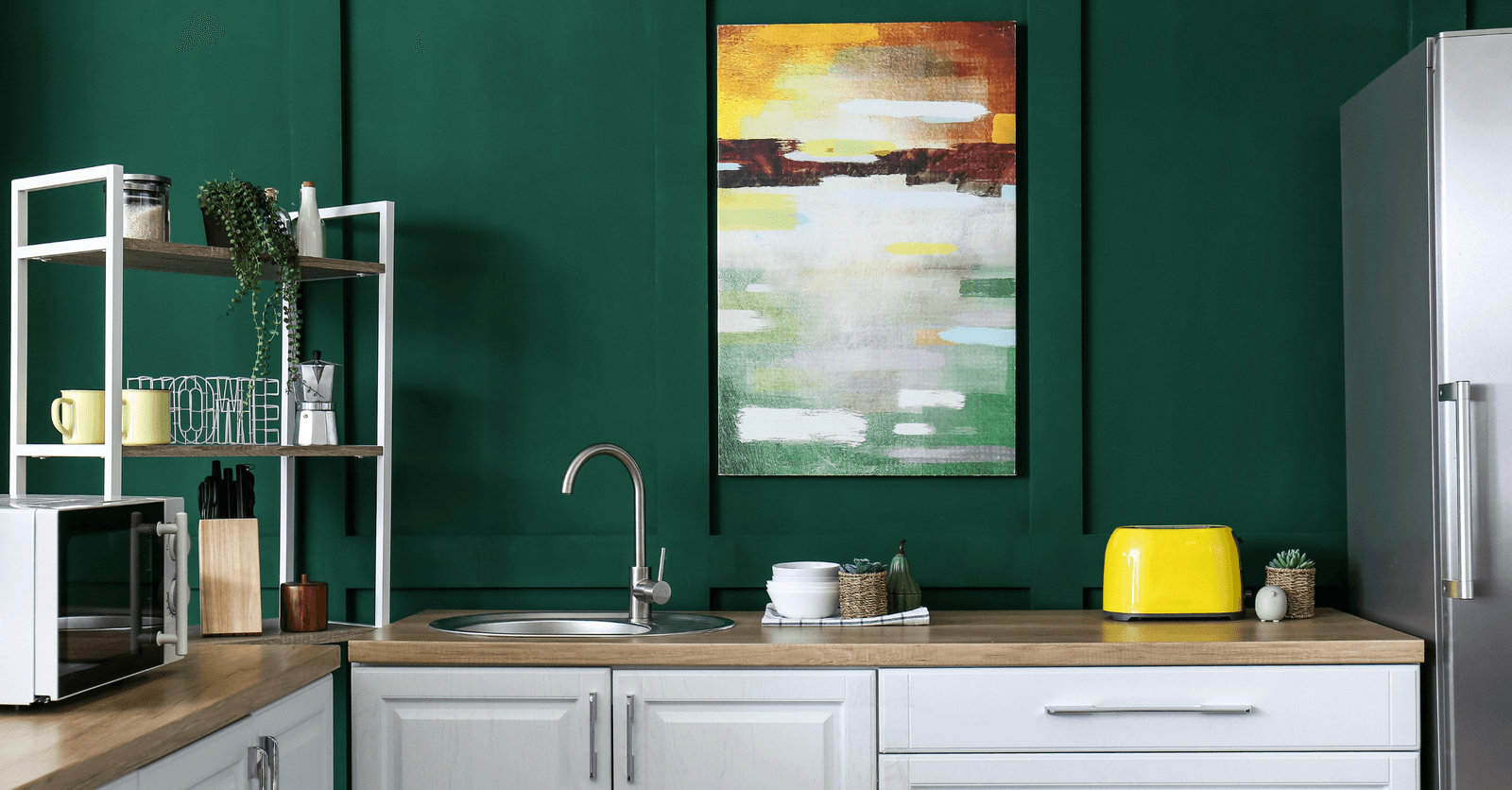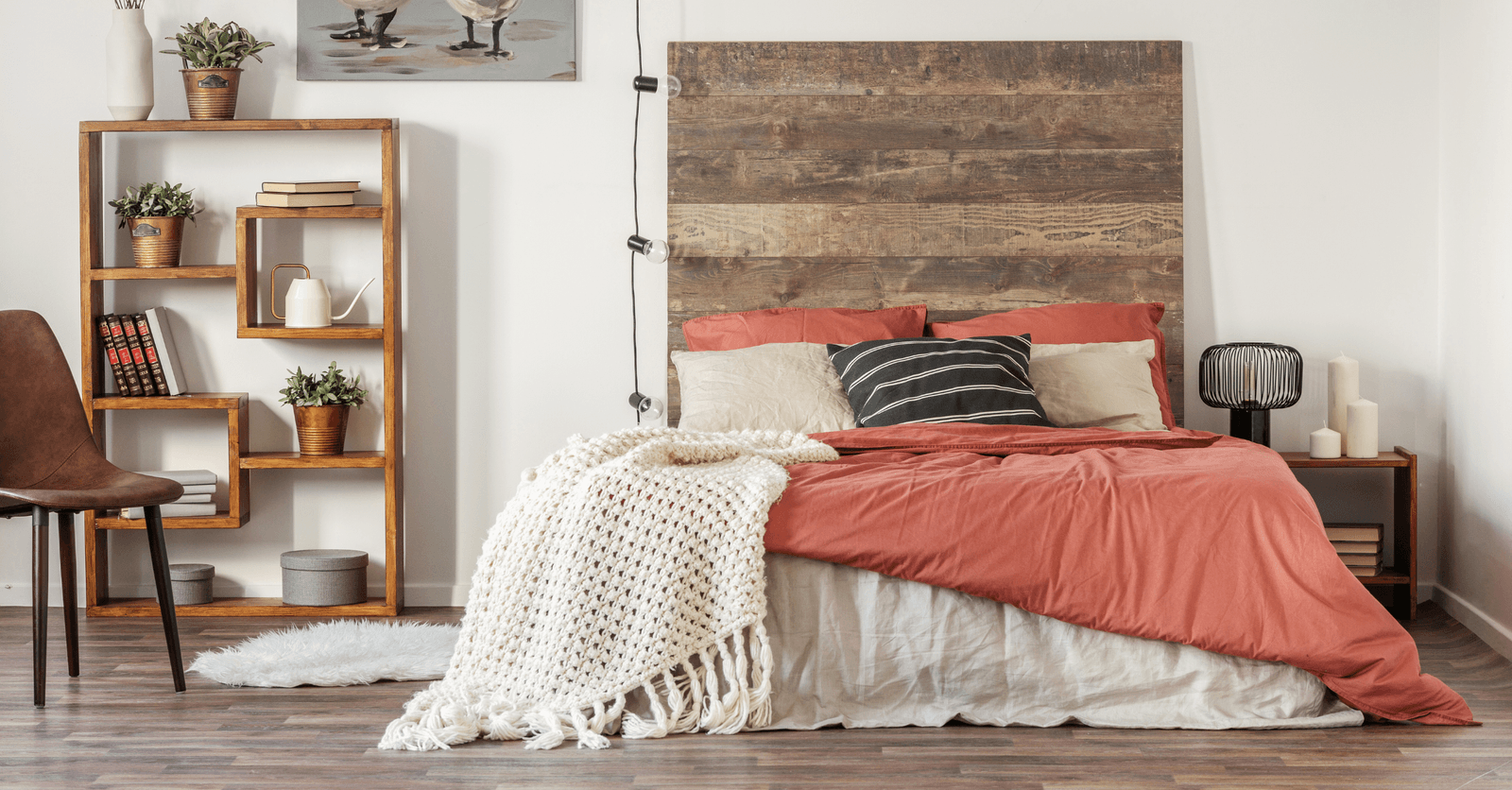
Real bricks and fake bricks are currently a staple on the home decor scene: when used as a wall covering material, they add a lot of warmth and character to interior decor. Learn more about the different characteristics of this material, which is durable and stylish.
Interior brick walls: installation and characteristics
Brick is often used for chimneys, kitchens, living rooms or bedrooms. In many cases, only one or two of the walls are covered in bricks, giving a nice contrasting effect. The style is at once modern and traditional, in addition to being very sophisticated.
These types of wall coverings are either made with real bricks or decorative bricks, which are perfect imitations of the latter. Both come with a lifetime warranty, are quite affordable and easily accessible. Moreover, different colours, sizes and shapes are available, meaning you can adapt your interior brick wall according to your personal taste. In Canada, several companies make this type of material.
Real brick, when used as a wall covering, is the same as traditional masonry brick. Empty bricks are usually covered. This material is mostly made of baked clay to which fibres or sand are sometimes added. As for outdoor installation, brick on interior walls is bonded to the wall surface and mortar is used for the joints. The surface must be prepared, either by applying primer if the wall is virgin or by soft sanding if it is already painted.

Photo: MaxPixel
Installing an interior brick wall
The installation process for an interior brick wall is the same as that of an exterior brick wall: the bricks are glued to the wall and mortar is used between the joints. The surface has to be prepared beforehand. If the wall is untouched, a layer of primer will do the trick and if the wall has already been painted, the surface can be evened out using sandpaper. Installing bricks can be a rather complicated process and in order to do a good job, one needs to have a bit of knowledge about masonry.
Decorative brick- also known as fake brick- is more popular than real brick for interior walls. Thinner and lighter, it offers a perfect imitation of the real thing. In most cases, decorative brick is made using concrete, aggregates and pigments. They are easier to install but still require glue and mortar, except in the case of bricks that already come with a self-adhesive product on one of the faces.
Both have similar drawbacks. Real brick and decorative brick are not easy to install. They must be glued brick by brick and left to dry before applying the mortar between each joint. Moreover, the maintenance process can be complicated depending on the type of brick.
Other imitation brick products exist, like brick panels. In general, these panels are made using bricks that are glued to a rigid material. This type of product makes the installation process much easier and much quicker.
Looking to maintain an interior brick wall? Check out our article: How to refinish and maintain an exposed brick wall in your home
Also, if you want to hang decorative items on your wall, you will need to follow certain steps. Here is what you need to know: Exposed brick walls and how to hang things on them.

Photo: MaxPixel
The cost of installing an interior brick wall
If you feel up to it, you can install real or decorative bricks yourself. However, this process can be quite tedious, especially for real brick. Only by hiring a contractor or a qualified mason will you have a guarantee that the result will be up to your expectations.
In terms of prices, expect to pay somewhere around $7 per square foot for real and decorative brick and around $48 for an 8x4 brick panel.
You will find more information about prices in the article: Interior brick walls: cost of installation and maintenance.

Interior decors featuring exposed brick
Brick walls suit most decor types. From rustic living rooms to contemporary kitchens, what is more, charming than a textured and colourful wall? This material adds an interesting visual element and offers an alternative to gypsum walls or other wall-covering materials available on the market.
Are you looking for ideas to incorporate a brick wall into your home? Visit Pinterest to discover hundreds or even thousands of examples. Also take a look at our decoration guides, mainly those that address rustic and industrial decor. You will learn more about colour schemes, materials and more.
Would you like more information on the different types of wall coverings? Check out our Paint and wall covering renovation guide and 10 Examples of Unique Wall Covering Materials article.
Get 3 renovation quotes from masonry contractors
RenoQuotes.com can help you get quotes from qualified masons and renovation contractors for your interior brick wall. If you submit your project to us, we’ll put you in contact with the best masons in our contractor network. Fill in the form on (it only takes a few minutes), and you will get quotes from qualified masons and home renovation companies.
Dial 1-844 828-1588 to speak with one of our customer service representatives.
Looking for something else?
Related articles
The latest industry news, interviews, technologies, and resources.

Cynthia Pigeon
•25 Jul 2025
Are you considering adding a sunroom to your home, but unsure of the details? Wondering how they differ from solariums or whether they’re a good investment? This article explores everything you need to know about glass sunrooms, from design considerations and construction challenges to their costs and benefits. You’ll also discover how to choose the right glazing and heating solutions to ensure your sunroom is a comfortable, functional addition to your home, no matter the season.

Editorial Team
•07 Nov 2023
If you're looking to give your interior a modern look, concrete and concrete-inspired wall coverings are a great option. This article explains all the ways you can achieve a concrete look for your wall, with or without real concrete!

Editorial Team
•05 Jan 2024
Since 2020, homeowners have become bolder when choosing paint colours. In many ways, you can play with your home décor in plenty of subtle ways by incorporating some of your favourite shades and colours. The kitchen is one of the tried and true rooms to experiment with.

Editorial Team
•03 Nov 2025
Are you planning to renovate your exterior siding soon? To help you prepare for this project, we have created this checklist/guide where you can learn more about the different materials, the stages of the work and the questions to ask yourself before launching the project.

Editorial Team
•15 Nov 2023
The bedroom, a peaceful, rest and relaxation haven, is, for all intents and purposes, an area that’s particularly cherished. And, the feature that obviously conjures relaxation the most is, without a doubt the bed, which one slumps onto after a workday.